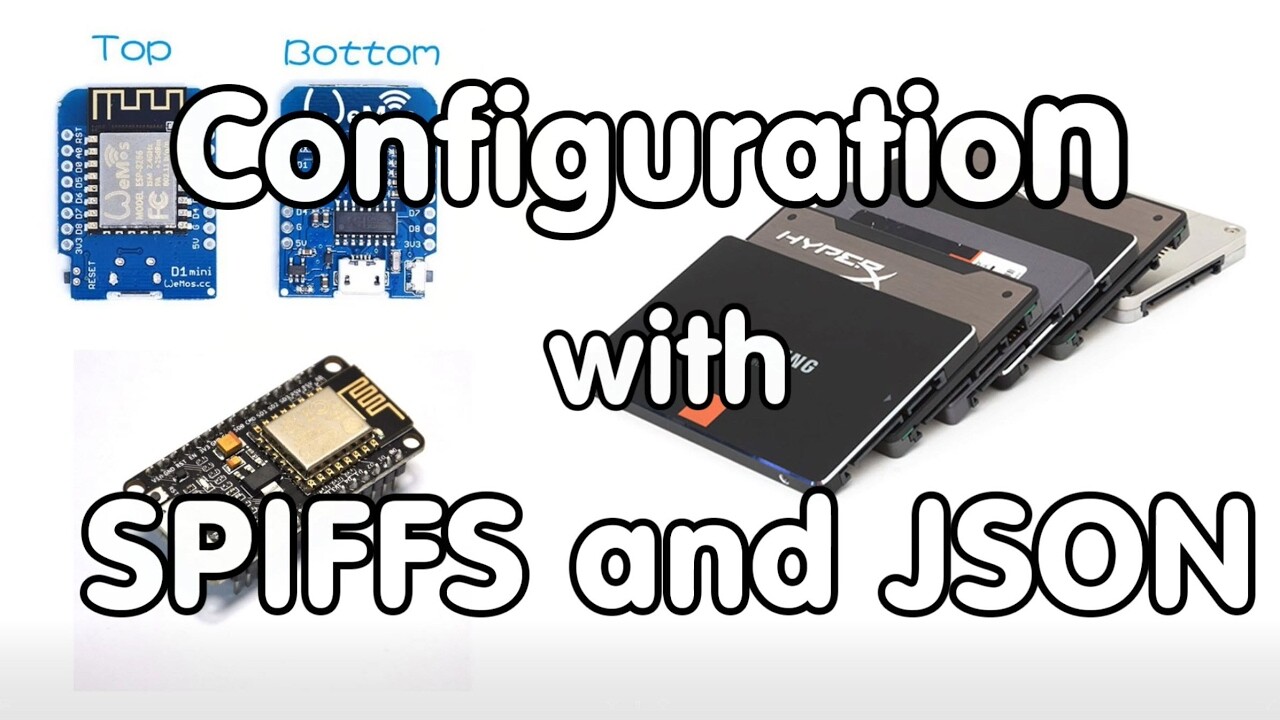You can now use SPIFFS for ESP32 (Remembers things even after a powerdown)
This is great explanation of how it is used for the ESP8266
Check these out
The above thread also points to here
https://www.thethingsnetwork.org/forum/t/arduino-lmic-library-updated/1295/21
Would be interested in how you sort this in the end
2 Likes
